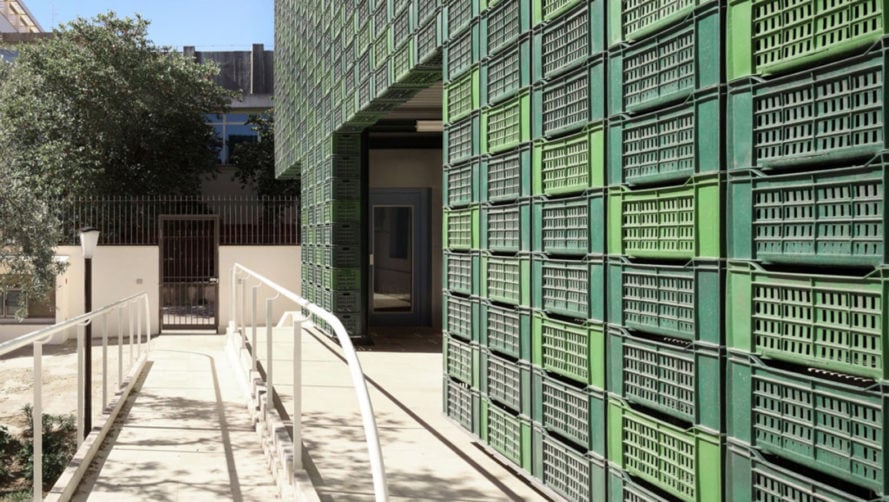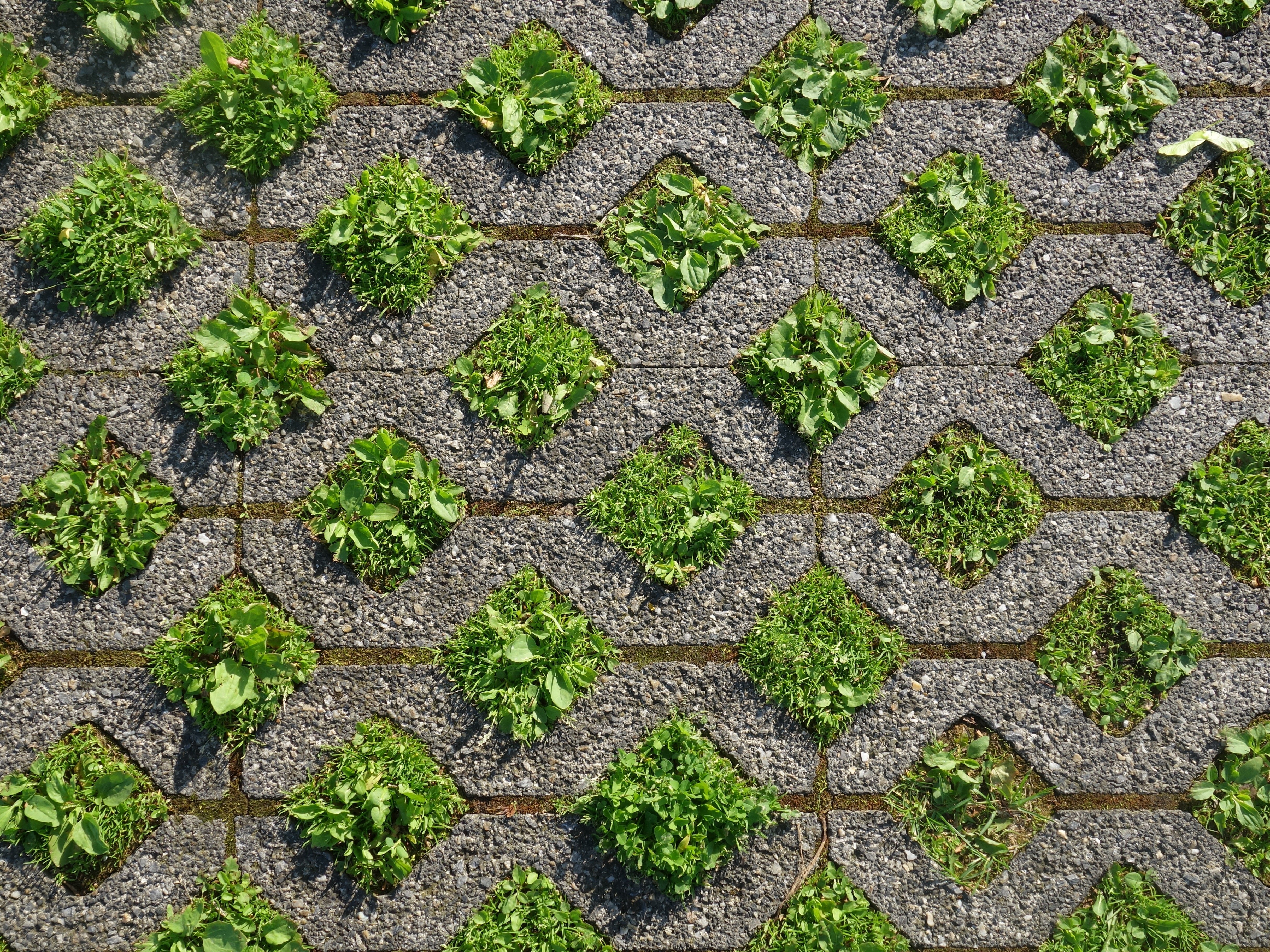Recycled Architecture
Sustainable Design Through Recycling
The art world has been recycling plastic and using it for installations for decades, aiming to highlight modern society’s detrimental effects on the environment and how consumerism is destroying the environment. However, more recently the field of architecture has been aiming to recycle plastic in a more practical way in an attempt to reduce the amount of plastic that is sent to landfill, whilst conceptually demonstrating plastic’s effect on the environment.
Plastics are highly versatile and its properties have allowed it to be used in a variety of ways. Plastics are very durable and corrosion free meaning that they can be used in highly reactive areas such as the seaside. They are also very effective insulators from cold, heat and sound, they are light weight, impermeable and easy to maintain. Plastics are typically very energy efficient relative to their lifetime with plastics lasting 30 to 50 years in construction. Their efficiency can be seen with plastic insulation which saves 200 times more energy in its lifetime than the energy used in its manufacturing. Finally, and most importantly in our day and age is that they can be recycled or have their energy recovered reducing the need to find raw materials to create them.
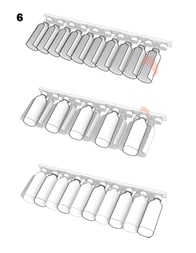
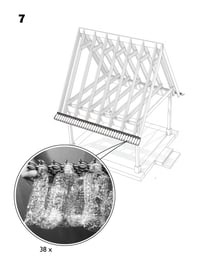
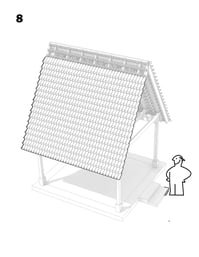
SodaBIB, NYIT Students 2013
An example of how architects are aiming to innovate news ways through which plastics can be recycled is NYIT SodaBIB Temporary Housing with their idea for temporary shelter for disaster relief. This project aims to use the materials that are provided during relief efforts such as wooden pallets and plastic water bottles. During relief efforts thousands of water bottles are used and discarded, with the solution seen in the images, these plastic bottles are put to a smarter use with the bottles acting as roof tiles after initial use, in order to create shelter whilst reducing the waste problem creating a healthier environment.
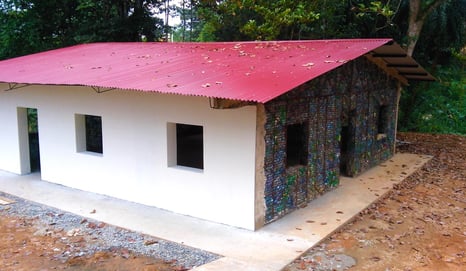
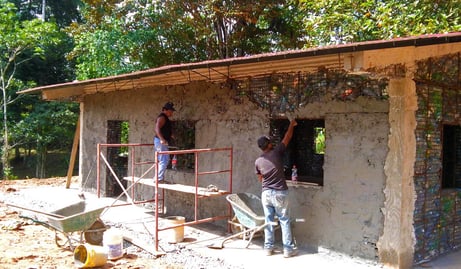 Plastic Bottle Village in Panama
Plastic Bottle Village in Panama
A less nuanced way through which plastic bottles are being recycled and put to different uses can be seen in the Plastic Bottle Village in Panama. Wire frames which create the house’s structure are filled with old plastic bottles and then rendered with cement. By using this technique, the empty water bottles provide insulation whilst also removing the bottles and plastic from landfill.
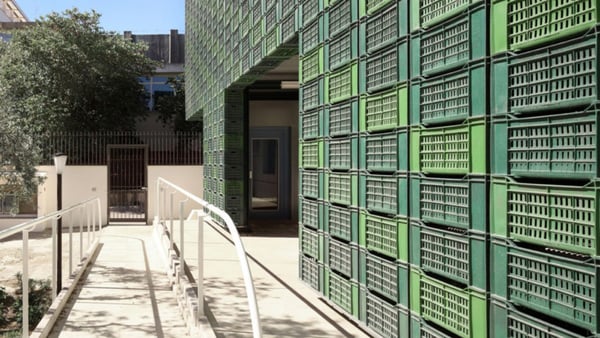
Recycled plastic is also being used as an architectural feature, embracing and using the plastic forms, this can be seen in the Protiro Orange Crate Façade by NOWA. This project uses orange crates to recycle plastic whilst creating a visually interesting and dynamic perforated façade. These are all examples are how plastic forms used for other purposes are being repurposed without any new processing having to occur.
Conversely, as seen in emerging interior design of IKEA, their new kitchen system uses recycled wood as cabinetry which is then coated in a matte black plastic finish which is made from recycled plastic bottles, showing how the plastic does not have to be used in its original form, but reshaped and reused with minimal extra energy input.
These few examples show just a couple of the possibilities of recycled plastic in the architectural industry. If they are embraced further and innovatively dealt with, there can be a huge decrease in the amount of plastic which is sent to landfill, dramatically improving the environment. Although the use of recycled plastic can be highly advantageous to the environment, incorporating these systems and practices into existing thermal rating software may be difficult and a comprehensive use of recycled plastic may be far away from being able to be practically used in BASIX approved software.



